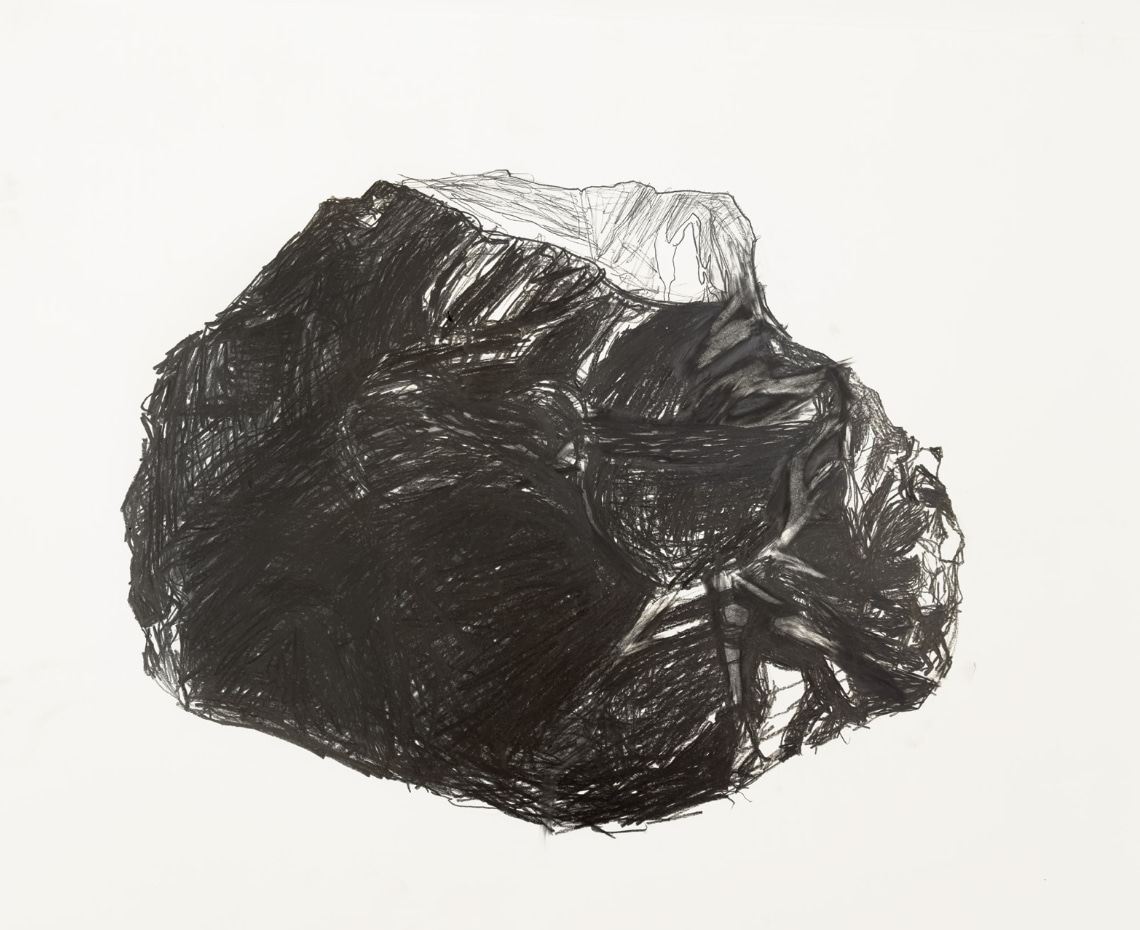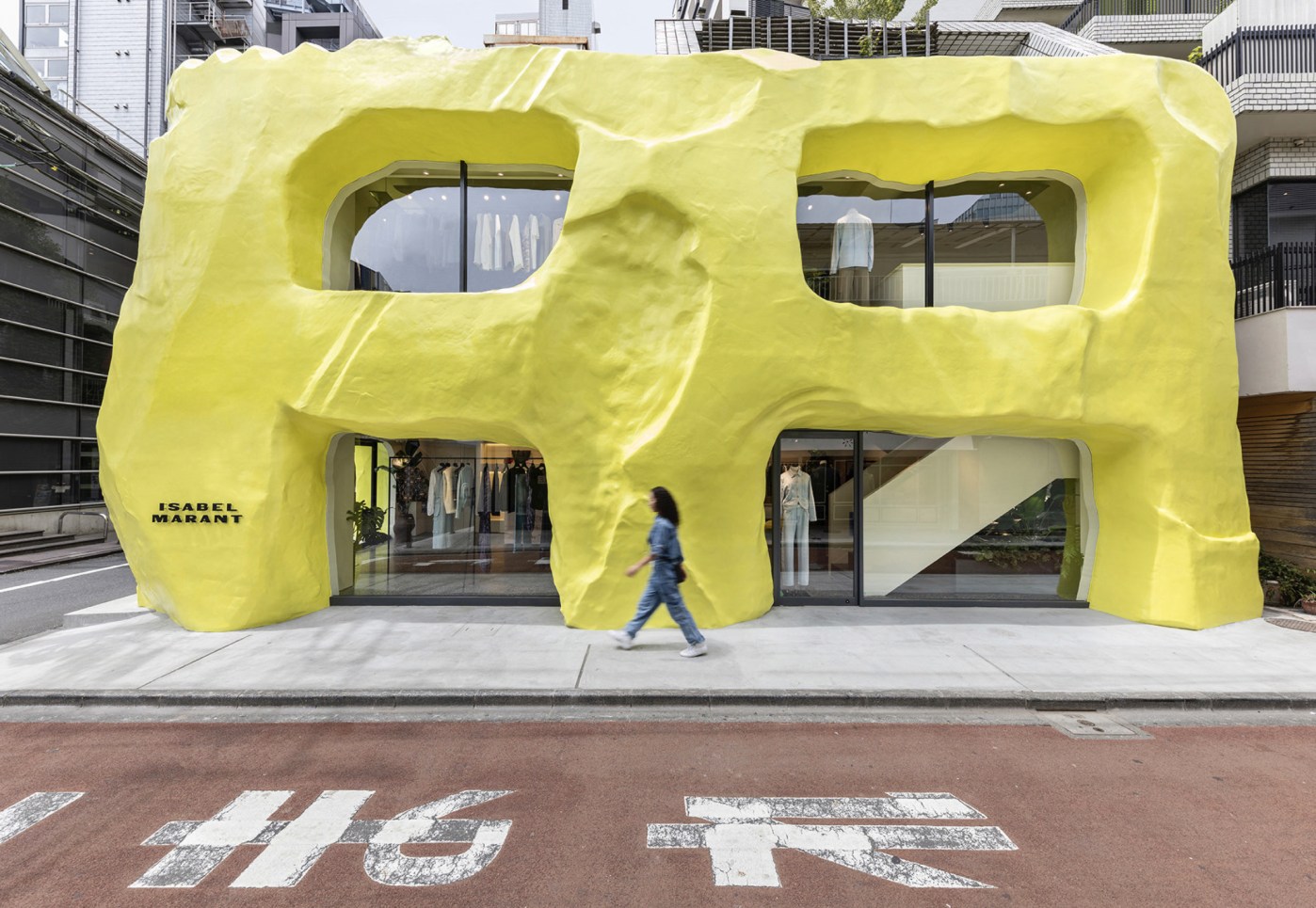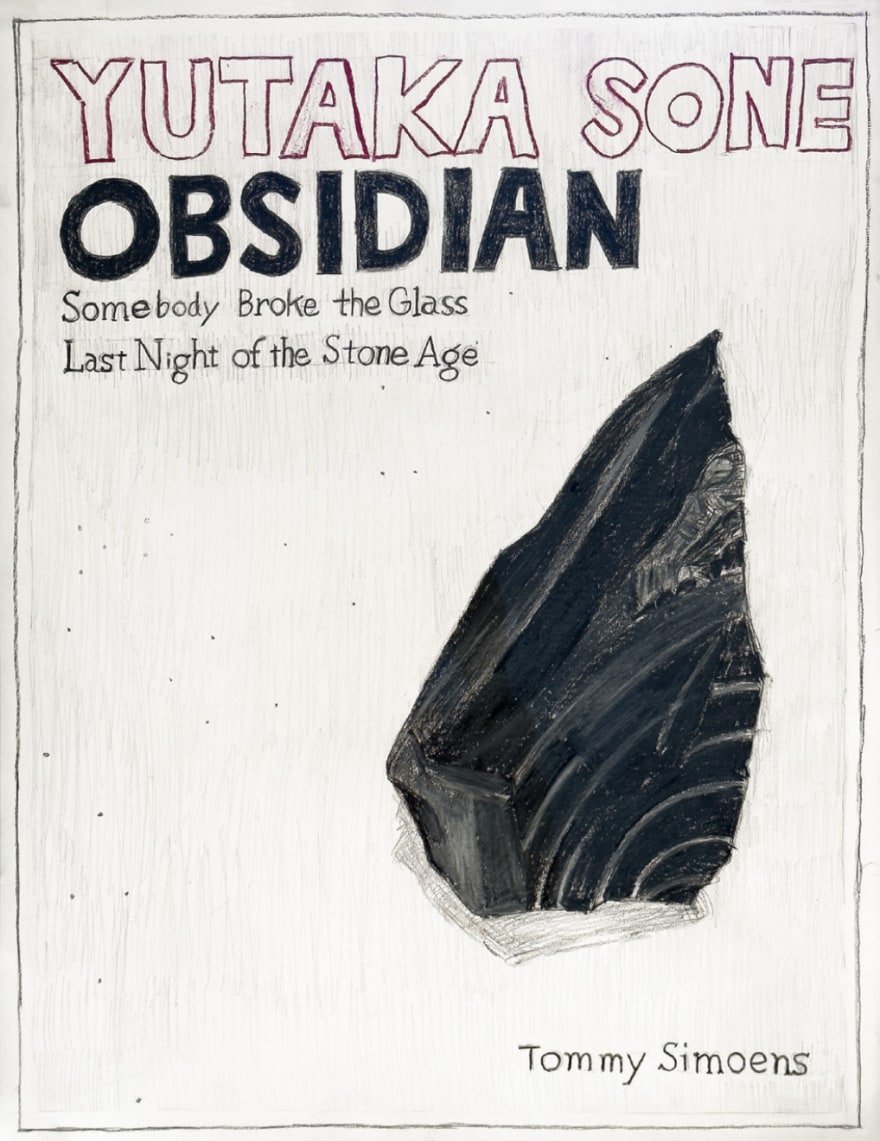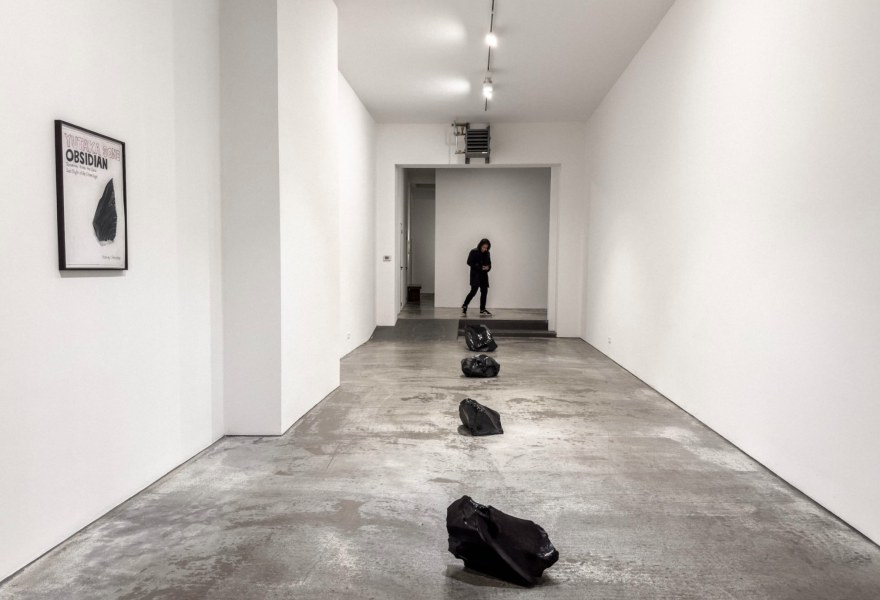04 january 2024, Manuela Klerkx
Yutaka Sone: ‘Obidian: Last Night of the Stone Age’ | An interview with Tommy Simoens
The exhibition Obsidian: Last Night of the Stone Age featuring work by Japanese artist Yutaka Sone (1965) is on display at Tommy Simoens Gallery, in Antwerp until 18 February. Simoens has been working with the artist for many years on an international level, so I asked him a few questions about the fourth solo exhibition of Sone’s work at the gallery.
MK Until now, I had not considered the origin and meaning of ‘obsidian’. But for the exhibition, I did some research and found out that obsidian is a stone formed by the rapid cooling of lava and its name is derived from Obsidius, a Roman said to have found a stone similar to obsidian in Ethiopia in ancient times. I also read that obsidian is a strong, clarifying and purifying stone that stimulates personal development by revealing the essence or cause of, for example, an illness or repressed and buried experiences and emotions. Obsidian is also said to be used as a tool because of its sharp edges. Is this all true and do you have anything to add in relation to the exhibition?
TS Yes, Yutaka Sone imagined the moment when in prehistoric times, someone must have thought, “If I break this stone, I will have a handy tool”. This moment when a person uses imagination to create something new symbolises the beginning of modern civilisation for the artist. Of course, we do not know who that person was or exactly when the moment occurred, but someone must have been the first to do this at some point. Hence the subtitle of the exhibition: Somebody Broke the Glass.

Yutaka Sone, Obsidian, Tommy Simoens
A few years ago, in 2015, Sone wrote a poem entitled Last Night of the Stone Age. In this poem, the writer imagines what it must have been like to live in the Stone Age, a time of kill or be killed, tribal wars and limited communication. And, of course, the pressure to keep the fire burning. In the poem, the artist indirectly expresses dissatisfaction with today's world, from the American society he fled to the more recent horrors in Ukraine and the Middle East. The need to respond as an artist ultimately led to the current series of enlarged pieces of obsidian made from ceramics. They ask us whether anything has really changed since that last night of the Stone Age.
MK In his work, Yutaka tries to express a universal unity that connects cultures and continents. He has lived alternately in Los Angeles (U.S.), Chongwu (China) and Michoacán (Mexico), and now mainly in Antwerp. It seems like he wants to unite the cultural diversity belonging to different locations in unique and universal images. Can you explain this working process with an example?
TS After writing the poem Last Night of the Stone Age, Sone decided to leave the United States after living there for 20 years. Initially, he ended up in Japan, where he settled in the stone-cutting village of Takamatsu, once an economic and political centre when the local coal mine was still lucrative.

Yutaka Sone, Obsidian III, 2023, Tommy Simoens
With the help of the Mori Art Museum in Tokyo and a grant for an art project, Sone managed to start a new series of excavations of grey stone at the top of Mount Washinoyama, where the original mine was located. This project resulted in several sculptures, the very first of which, a Y-shaped tree structure, is currently on display at the gallery. Similar strategies for collaborations with local craftsmen and women have been entered into by Sone for over 20 years in Fujian (China) and Guadalajara (Mexico), and now in Belgium as well, where we were fortunate to have the possibility to use various kilns for the production of the obsidian stones from Limburg and the Kalmthoutse heath to the centre of Antwerp. So, these obsidian stones are the result of a completely Belgian production.

Yutaka Sone, Obsidian 3, 2017, Tommy Simoens
MK It's fascinating to read how Sone combines conceptual art with collaborations with local craftsmen or commercial companies like Isabel Marant, bridging the gap as it were between art and the outside world. His art is certainly not detached from reality but seems to be rooted in it. Can you tell us more about this?
TS As part of Sone's Obsidian project, we also opened the doors to the new flagship store of Isabel Marant in the fashion district of Aoyama in Tokyo. The building is an immensely enlarged obsidian block, now known as the ‘Yellow House’. Last month, the Azabudai Hills project was completed, featuring a sculpture garden with seven permanent sculptures by Sone alongside works by Yoshitomo Nara and Olafur Elliason. The sculpture garden is located at the foot of Tokyo's new and tallest tower of the same name, where Sergio Heiman recently opened a new branch of his Pristine restaurant. Currently, Sone is on his way to the Khao Yai jungle in Thailand, where he will be setting up a new studio with local woodworkers to create a sculpture in the jungle that is a cross between a gigantic mountain landscape and a roller coaster.

Yutaka Sone, Yellow House, 2023, Tommy Simoens

Yutaka Sone, Obsidian (cover), 2023, Tommy Simoens
